| This week's guest contributor is a Shauna Stephens. She is a first time contributor. I am completely impressed with the post she has written. It is a personal, sensitive plea for us to remember that each child we meet is important. In this case, Shauna discusses her personal experiences with foster kids and the system. She reminds us that there are children in every community who might not have what we might call a "normal" home life or traditional relationships with adults. It touched me deeply. We also embraced a child into our family when he was in high school and in danger of being shuttled into a system. The result have enriched our lives and now, he and his wife are now expecting our grandchild. In addition, my YA course will be discussing Voigt's Homecoming on Thursday. So, of course, as I prepare Shauna's post has helped me think about the questions I might pose. Thanks Shauna * hyperlinks in the text are to reviews, images are linked to where you can find the book. |
Our Family Story
Did you catch that? I know it doesn’t make sense, but it is my family’s story. My first baby was my third child.
A year and a half before her birth, two precious toddlers became a part of my family through the foster care system. When my biological daughter was born, she was 100% their sister, never knowing anything else, yet legally she was merely another kid who lived in the same home they were placed in.
One day a judge signed a piece of paper. That paper made them “our children” and made the baby “their sister.” That paper had an extraordinary amount of power to clean up the mess and uncomplicate their web of family members.
Except that it didn’t.
Despite the language, despite the legality, they still have two moms and two dads and lots of grandparents and aunts and uncles and cousins and siblings. The paper made everything official and legal, but in reality, it changed absolutely nothing. Three years have passed, my eldest is now nearing middle-school (be still my mama heart), and life has failed to uncomplicated itself.
My experience is far from unique. In 2015 there were 427,910 children in foster care in the U.S (Full 2015 Report) . That number continues to rise. In my own home state of Montana, as of December 2016 there were 3,396 children in foster care (Adopt US Kids). In a state where the current population of youth under 18 is 113,353 (MT Population), that means almost 3% of our children are in the foster care system. There is no denying that these kids are in our classrooms and in the social networks of our students. Yet their experience is relatively unseen in the literature we teach. If students are expected to see themselves in some way in YA lit., what literary mirrors are available for foster-youth? How are they being represented to other readers?
Representations of Foster-Youth in YA Lit
| In the interest of representing this group of youth in our classroom, despite the concerns outlined below, I do believe each of these texts is a good place to start the conversation about the lives of foster-youth in our nation. More generally, because of the blatant role of the state and other authorities, texts that feature foster-youth make more visible the power dynamics within multiple institutions (government, school, family, and identity politics)--institutions that Dr. Roberta Trites argues in her book Disturbing the Universe: Power and Repression in Adolescent Literature have “clearly defined goals of training children and adolescents” (22). Thus, these texts have the potential to serve as a mirror not only for foster-youth specifically, but also for all youth as they begin to navigate and understand the power structure of the varied institutions at work in their lives. I chose four novels to examine in greater depth. I have provided a link to a review of each here, as well as a brief annotation suggesting why I believe each would be valuable to study in a literature/ELA classroom. |
There are many things I love about this text. Although problematic if read the way I do in terms of youth agency and autonomy, it can also be read as the story of a young girl who overcomes unimaginable obstacles, never gives up despite the hardships she faces, and ultimately finds somewhere she belongs. I believe it would be particularly interesting in class discussion because of the difference in genre (it is written as a series of journal entries) and the importance of the English teacher for Holly’s growth (because, honestly, I am a bit biased).
Of the four texts, The Guardian is the most action-packed, complete with supernatural elements, motorcycles, an ex-con, and a kidnapping. But more than that, it demonstrates how much the complicated web of family can impact the foster-youth, albeit in extreme and unlikely ways. This text would work well in a classroom for many reasons, but the ambiguity of the title is something I would refer back to in order to keep students curious and engaged. Who exactly is the “guardian” that the title references? The answer remains unclear, even to the end.
Although in many ways the most predictable text, this novel succeeds in one primary way: of the four texts, this one is the most self-aware of its presentation of “foster-kid” as a stereotype. Throughout the text the foster-youth is continuously comparing herself to the stereotype and trying to decide how, or if, she fits within it. For this reason, though the others have more depth in a literary sense, One for the Murphys may be the best starting point for addressing the way foster-kids are viewed in our culture and the inaccuracy of viewing people through a stereotype. (For interesting comparison, see also articles discussing the power of “stereotype threat”, such as this one by Claude Steele and Joshua Aronson.)
From a strictly literary standpoint, of the four listed I most recommend Touch Blue. This novel is filled with deeper threads that are begging for discussion and analysis: the significance of the island location, the metaphor of the Monopoly game, the “depiction of rurality” (as discussed in this previous YA Wednesday post by Dr. Rob Petrone and Alli Behrens), the power of superstitions, the reversal of the child-to-adult narrative, and many others.
Problems With These Representations of Foster-Youth
Despite the seeming variety, the storylines are very similar:
- Something traumatic happens to put the youth in foster care.
- The youth character doesn’t feel like they belong.
- The youth character somehow rebels against the authorities.
- The youth character realizes that life is better if they accept their place.
- The end assumes everything is tied up neatly and they all live “happily ever after.”
In every one of these texts, the foster-youth is made to submit (willingly) to the systemic authorities before their lives can improve. It is only through giving up their agency that they are able to exercise any true agency, for it is at this exact moment in each of the texts that the foster-youth are able to claim any lasting change in their own lives.
| So what? Why should we, as writers, scholars and educators, consider the issue of agency in these texts? I tend to agree with Dr. Crag Hill, who argues in his introduction to The Critical Merits of Young Adult Literature that it is important for scholars and teachers “to study what adult writers convey to adolescent readers, deliberately or unintentionally, and what that means” (13). As I consider this, I have two universal concerns with the conclusion of these books. First, the universal push towards submission to authorities, though unsurprising, is concerning. The literature that is available fails to show the life of foster-youth, or really anyone, for what it is, instead reinforcing the stereotypes while continuing to support the status quo. The message is clear: submit, accept your place, be what the institutions want you to be, and then (and only then) will things get better for you. |
Second, the assumption of “happily ever after” can be problematic, particularly for young readers who almost see themselves in the text. It can provide hope, but if their situation is not neatly worked out like those in the texts (it won’t be) I fear it can actually fuel a sense of hopelessness and self-loathing. “What’s wrong with me? Why don’t I get the happy ending?” Despite finding and reading books about foster-youth, few foster-youth will find their experiences in the texts. Based on my own experience with foster and adoption, it just doesn’t work the way it does in the books.
I believe the most successful approach to these texts would be acknowledging and addressing these concerns head on. Make each a topic of class discussion, and have students critically consider the benefits and drawbacks of the after-school special conclusions in not only these texts but much of YA literature, both in their tendency to teach a lesson that reinforces common power structures and the way everything wraps up so nicely in the end.
Final Thought
A final plea: If you are an author, please consider examining the foster-care system and creating a strong story around it. We need more options, particularly for an older YA audience.
Shauna is an adjunct professor at Montana State teaching writing and literature. She taught high school English for five years and this is her second year at MSU. She can be contacted at: [email protected]
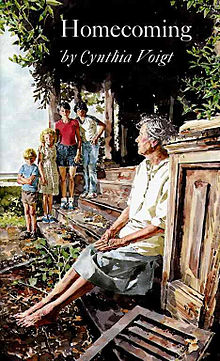

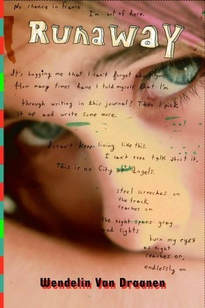
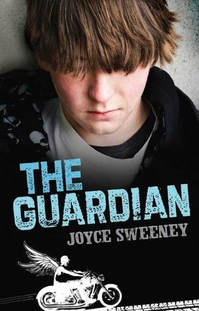
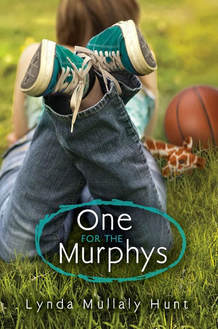
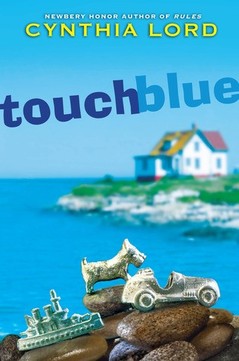
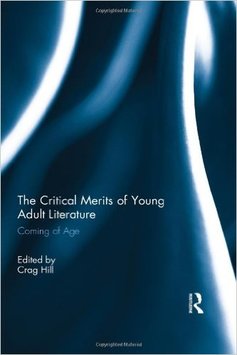

 RSS Feed
RSS Feed